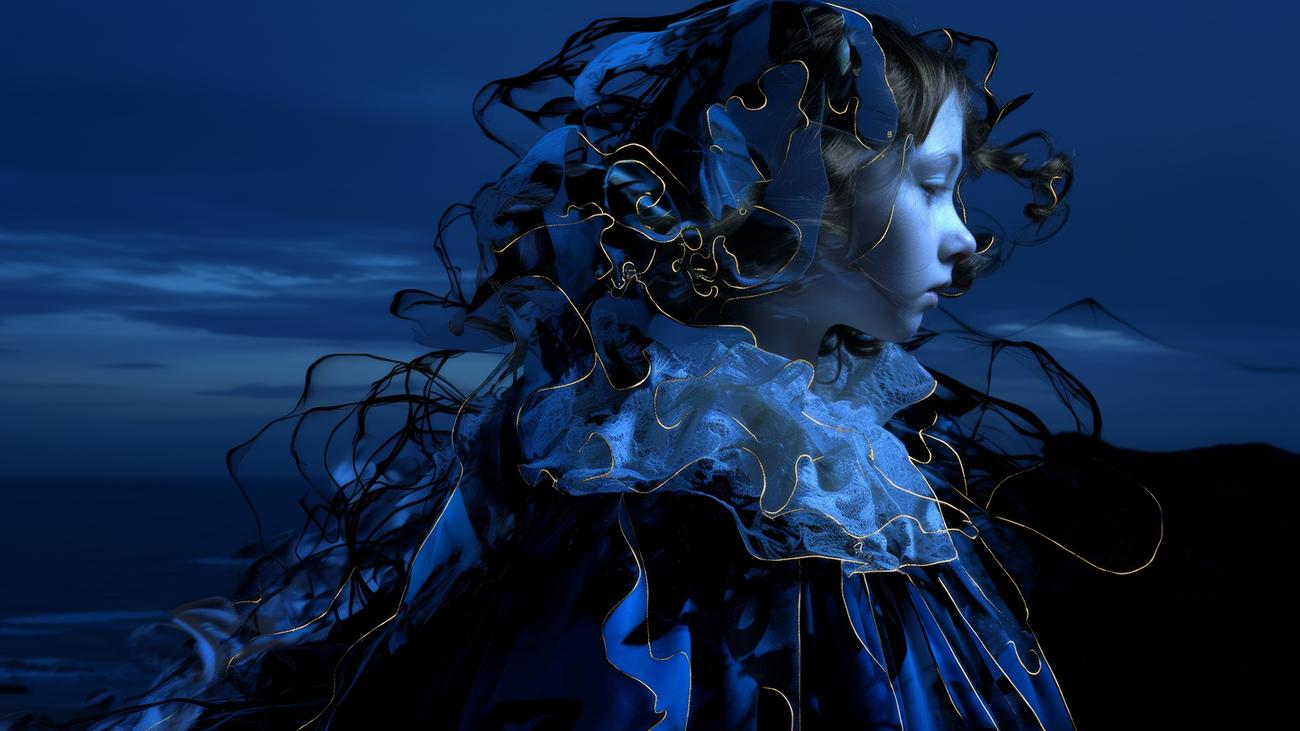
Artificial Intelligence’s Growing Presence in the Art World Sparks Controversy
As Hannelore Langhans recently vacated her studio after 19 years, she never imagined attributing her departure to the encroachment of artificial intelligence (AI). The Majolika Manufaktur Karlsruhe, a renowned ceramics manufacturer, had fallen into financial distress, losing government funding and facing a dwindling audience for its exquisite ceramic artworks. After 150 years of operation, the doors of the manufactory recently closed, displacing the ateliers of several artists. Langhans initially accepted this development as the inevitable march of progress.
However, upon receiving an email urging her to participate in a protest, Langhans began to reconsider. The venerable auction house Christie’s had scheduled its first-ever auction dedicated exclusively to AI art. "That struck a nerve with me immediately," Langhans remarked. "I find that unacceptable." She is one among over 6,000 artists who signed a letter of protest demanding the cancellation of the auction, citing concerns that AI art relies on exploitation.
The Rise of AI in the Art Industry
AI’s rapid advancements have had a profound impact on numerous sectors, including the art world. AI algorithms can now generate realistic images, music, and text, blurring the lines between human and machine creativity. Christie’s AI art auction signaled a watershed moment in the acceptance of AI-generated artworks as legitimate commodities within the art market.
Ethical Concerns
However, the rise of AI art has also raised ethical concerns. Artists like Langhans argue that AI systems are trained on vast datasets of existing artworks, essentially learning from and imitating the styles of human artists. This, they contend, constitutes exploitation, as AI art does not emerge from original human thought or experience.
Artistic Integrity and Authenticity
Beyond concerns over exploitation, the use of AI in art also raises questions about artistic integrity and authenticity. If AI systems can produce artworks indistinguishable from those created by humans, what does it mean to be an artist? Does the absence of human intention and emotion diminish the value or significance of an artwork?
The Future of Human Creativity
The debate over AI art has ignited a broader discussion about the future of human creativity in the face of technological advancements. Some fear that AI could eventually replace human artists, while others see it as a potential tool for enhancing and augmenting human creativity.
Call for Transparency and Regulation
In response to the ethical concerns, artists and activists are calling for transparency and regulation in the use of AI art. They demand that collectors and consumers be clearly informed when purchasing AI-generated artworks and that AI systems be ethically developed and trained.
Conclusion
The emergence of AI art has sparked a complex and multifaceted debate within the art world. While AI offers exciting possibilities for the exploration of new artistic frontiers, it also raises important ethical questions about exploitation, artistic integrity, and the role of human creativity in an increasingly technological society. As the debate continues, it is crucial to engage in thoughtful dialogue and seek solutions that balance innovation with the preservation of the values and principles that underpin the art world.
